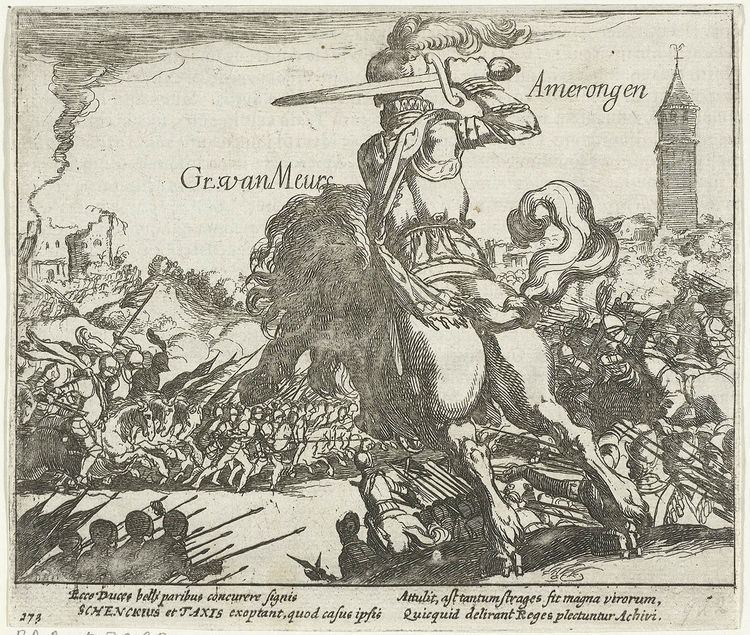Name Simon Frisius | Died 1629 | |
 | ||
Simon de Vries or Simon Frisius (1570–75 in Harlingen – 1628/29 in The Hague), was a Dutch engraver.
Contents
Life
He started his career in Paris, and worked in Rouen and Amsterdam before moving to the Hague in 1611 where he became a member of the Confrerie Pictura. He travelled in France, Spain, Germany, Bohemia, and Russia.
Work
Frisius is regarded as one of the first to bring etching to perfection. Abraham Bosse, in his treatise on the art of engraving, observes that the first artist to whom he was indebted for intelligence was Simon Frisius, whom he thinks was entitled to great credit, as being one of the first to handle the point with freedom and facility. His etchings are bold and masterly; and in his hatchings he approaches the neatness and strength of the graver.
The prints of De Vries are scarce, and are much esteemed. The small figures which he occasionally introduced into his landscapes are correctly drawn. He frequently marked his plates S. F. fecit, but sometimes with the word fecit only.
Principal works
The following are his principal works:
